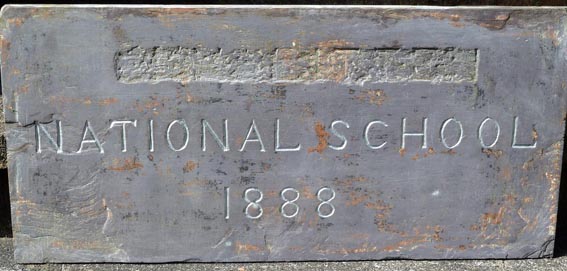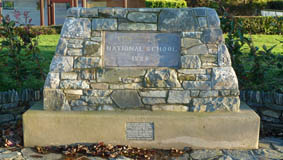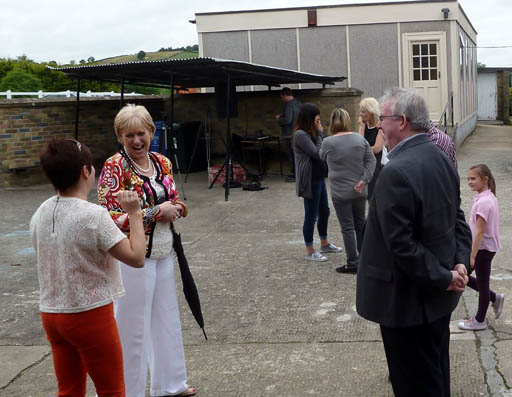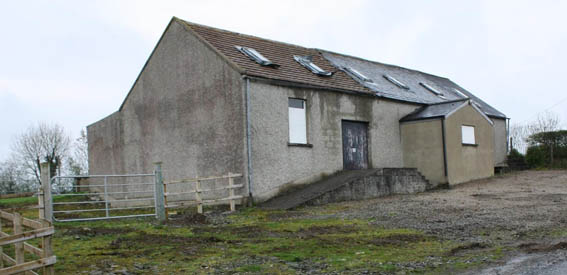Political Lessons in Castleblayney
The 8th of March 1976 was a memorable school day for me but for the wrong reasons. The night before, a loyalist bomb had exploded in my hometown of Castleblayney, Co. Monaghan, killing one man and devastating its centre. Although my primary school, Annalitten NS, is situated three miles from town, my principal and a few of my school friends lived in Castleblayney and in the days before social media there was no way of knowing if they had been injured. In the event, the urban contingent were fine, although they were forced to take an alternative route to school as the usual one through town was impassable. At the age of nine, I had witnessed politics – or rather the breakdown of politics – close-up for the first time in my life. It was not, however, the first time that politics had touched Annalitten National School.
Annalitten’s first encounter with politicians came in the year of its founding, 1888. Soon after the school opened its doors, the police visited three local Catholic families. Tim Healy, a leading Irish nationalist MP heard about the incident, and on May 14th, in the House of Commons at Westminster, he questioned Chief Secretary Arthur Balfour about it. Healy wanted to know if the families had been questioned because they had sent their children to Annalitten NS from a nearby mixed religion school. According to Balfour, the three families had actually kept their children at the mixed school and the police had been asking about apparent pressure coming from the local church to make them move to Annalitten.
The full text of the discussion can be read in ‘Hansard’s Parliamentary Debates, 1888’ (period from 11th May – 12th June, 1888). Incidentally, in the document, Annalitten is referred to as ‘Annalitton’. Both central characters were eminent politicians. Arthur Balfour would serve as UK Prime Minister from 1902 to 1905. Tim Healey, then a member for North Longford (although he had served as a MP for Monaghan), would go on to become the first Governor-General of the Irish Free State in 1922.
Politics and the school would not encounter each other again until the early 1940s, when the word ‘Annalitten’ was scratched and made illegible on the plaque above its door. The reason for this was the threat of invasion during the Second World War. The government wanted to protect its buildings – including offices, Garda stations and schools – and so camouflaged, removed or obliterated signage which mentioned their locations. A new nameplate was placed over the original at the war’s end.
A new school was built in an adjacent location in 1965. The old building served as a community centre until its demolition in the early 21st century. A stone memorial stands close to its site containing the original nameplate with the word ‘Annalitten’ obliterated – a poignant reminder of failed politics which was unveiled on the day of the New School’s 50th anniversary and Old School commemoration. There was a happier, up-to-date political connection on the day, as local TD and Minister for Arts, Heritage and the Gaeltacht, Heather Humphreys was in attendance. Hopefully this will mark the start of a better association between Annalitten NS and politics.
Ends
© John E. McBride (2016)



Heather Humphreys at Annalitten NS Celebrations

Annalitten Old School
















